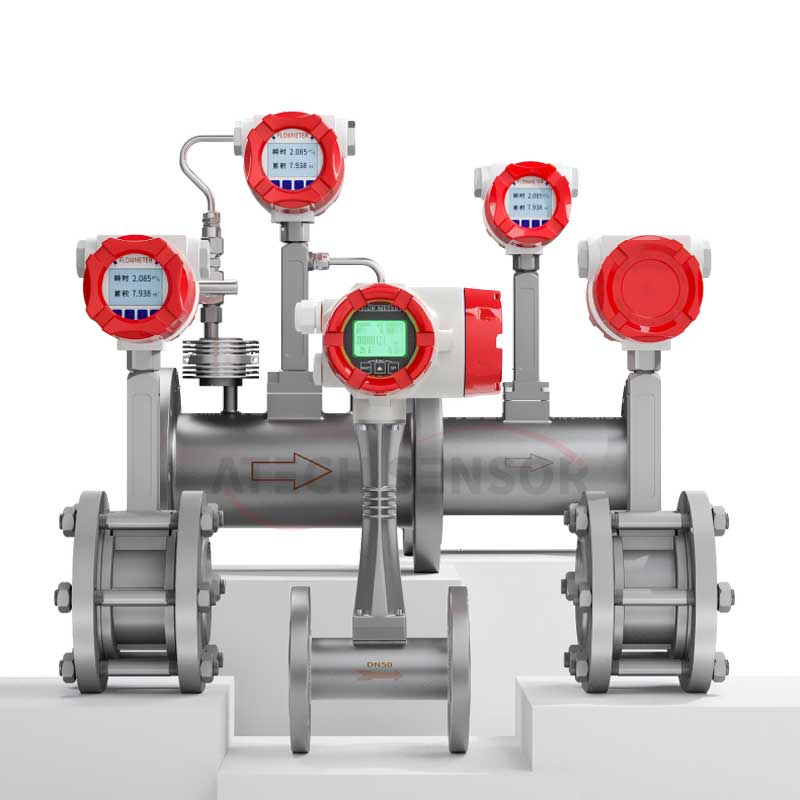Energy consumption is one of the biggest costs in the textile dyeing and finishing industry. As steam is a key energy source in the production process, its accurate measurement and effective monitoring are crucial to good energy consumption management and energy efficiency improvement. However, problems such as leakage in traditional steam use not only waste precious energy resources, but also increase the operating costs of enterprises.

Recently, in order to further improve quality, reduce costs and increase efficiency on the existing basis, a national high-tech enterprise in the field of textile dyeing and finishing in Hangzhou introduced the process automation solution of Meiyi.
According to Peter from Meiyi's industry development department, in this cooperation, dozens of Meiyi vortex flowmeters are mainly used in yarn dyeing and finishing workshops to achieve three-level refined measurement of steam energy consumption.

"Traditional textile printing and dyeing enterprises often have blind spots in steam energy consumption management, resulting in serious energy waste. By implementing three-level metering, Meiyi helps customers effectively monitor steam usage, reduce the occurrence of leakage, accurately grasp the steam consumption of each production link, and promptly discover and solve abnormal situations, thereby achieving refined management of energy." Peter said.
Vortex flowmeter is a flow measurement instrument designed based on the Karman vortex street phenomenon, with the advantages of high measurement accuracy, small pressure loss, wide measurement range, and good stability.

Due to its simple and reliable working principle and the many advantages mentioned above, Meiyi vortex flowmeter has been widely used in dyeing and finishing, power, metallurgy, food, pharmaceutical, environmental protection and other industries to measure the flow of various gases, liquids and steam.
In addition, through the digital platform independently developed by Meiyi, Instrument Cloud, customers can also check the steam consumption of each production link at any time, and compare and analyze these data with production efficiency, equipment operation, etc. to find out the reasons for abnormal energy consumption.
Peter said: "In the future, we will continue to increase R&D investment and launch more innovative products that meet industry needs to help companies maintain their advantages in a highly competitive market environment, and also provide support for the green transformation and high-quality development of the textile dyeing and finishing industry."

